
Essential PPE in the Food Industry: What You Need to Know
Overwhelmed by PPE options for food safety? Master your PPE selection for food workers safety with these practical tips.
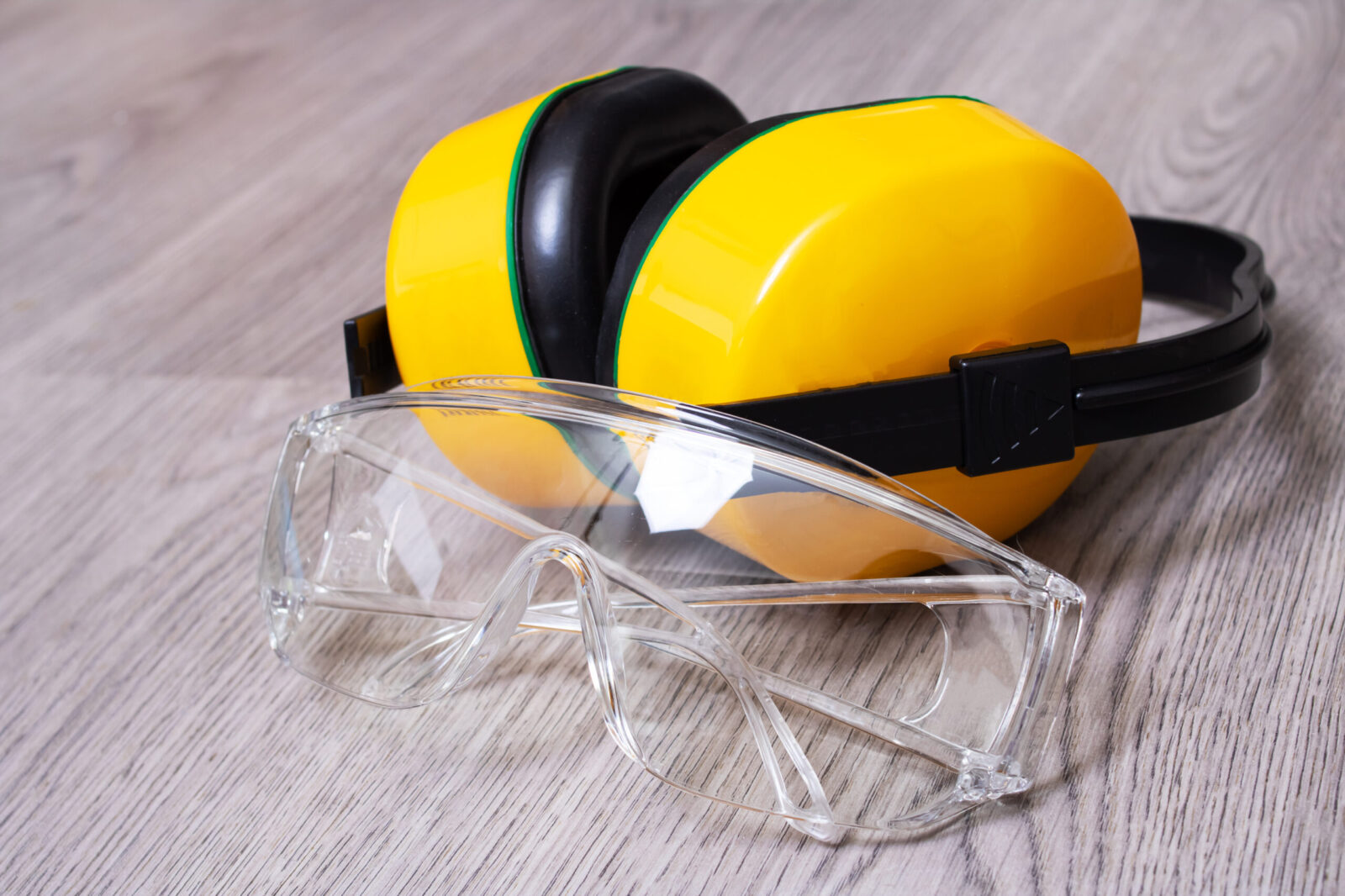
Get 20€ off on your first order!
Construction sites can be noisy, so it’s important to choose the right earmuffs to protect your hearing. In this guide, we’ll help you select earmuffs based on key features like Noise Reduction Rating (NRR), comfort, and compatibility with other safety gear. By the end, you’ll be confident in your choice and ready to solve your next safety concern—whether it’s finding the right gloves, hard hats, or other gear.
The average construction site features Sound levels that can often reach 85 decibels (dB) or more. Using hearing protection like earmuffs promotes long-term auditory health and helps you stay focused in high-noise environments. According to European workplace safety standards, hearing protection becomes Recommended when noise levels exceed 80 dB(A). Therefore, wearing the right hearing protectors like earmuffs is not just a matter of preference but compliance with safety regulations.
In addition to hearing loss, minimizing noise-induced fatigue with earmuffs can help you stay focused and maintain a productive, safe work environment. By investing in high-quality earmuffs, you ensure long-term hearing health and a safer work environment.
Selecting earmuffs for construction work requires evaluating key features to ensure maximum hearing protection and compatibility with your work environment:
The Noise Reduction Rating (NRR) indicates how effectively earmuffs reduce noise levels. For construction, earmuffs with an NRR between 25 and 34 dB are ideal, providing adequate protection against loud machinery like jackhammers, drills, and saws.
You’ll likely wear earmuffs for extended periods, so comfort is essential. Look for models with:
Pro Tip: Test different sizes to ensure an effective seal around your ears.
Construction workers often wear hard hats or safety helmets, so ensure your earmuffs are compatible. Helmet-mounted earmuffs or low-profile designs work best in such scenarios. Visit our hard hats category for options that pair well with earmuffs.
Construction environments require earmuffs designed with durable features to maintain consistent performance under dynamic and active work environments:
There are two main styles of earmuffs suitable for construction:
These are traditional earmuffs that use insulating materials to block out noise. They are cost-effective and reliable for environments with consistent noise levels.
These advanced earmuffs use microphones and speakers to amplify safe sounds while reducing high-level noise. They’re perfect for sites requiring frequent communication or awareness of surrounding sounds.
Learn more about how passive and electronic earmuffs compare in our sibling article: Passive vs. Electronic Earmuffs.
Look for earmuffs adhering to EN 352 standards to guarantee reliable safety and performance.
When purchasing earmuffs, ensure they comply with EN 352 standards, which regulate hearing protectors in Europe. Look for markings on the product indicating compliance.
Learn more about EN Standards from this guide in Wikipedia.
Proper maintenance prolongs the life of your earmuffs and ensures consistent performance:
Construction sites require a comprehensive safety approach. Pair your earmuffs with other essential equipment:
For a wide range of reliable earmuffs, visit our main earmuffs product category. We offer products tailored to meet European standards and ensure maximum hearing protection.
We hope this guide has helped you understand the key factors in choosing the right earmuffs for construction, from Noise Reduction Ratings (NRR) to comfort and compatibility with other safety gear. Whether you’re working with heavy machinery or on a quieter site, we’re here to support your hearing protection needs.
Explore the full range of earmuffs on Droppe, featuring trusted brands designed for optimal protection and comfort.
For a broader understanding of hearing protection, visit our guide: Earmuffs: Selecting The Right Hearing Protection.
Have questions or need advice on selecting the perfect earmuffs? Don’t hesitate to reach out—we’re always here to help ensure your safety and confidence in every purchase.
– The Droppe Team
Ensure they create a good seal around your ears without causing discomfort. Adjustable headbands and padded ear cups can help achieve a snug fit.
Yes, there are earmuffs designed to be compatible with both glasses and hard hats. Look for low-profile or helmet-mounted options.
Most earmuffs are designed for extended wear, but if you start feeling discomfort, take breaks to adjust them and relieve any pressure.
Passive earmuffs block out sound using insulation, while electronic earmuffs amplify safe sounds while reducing harmful noise.
Clean them regularly with a damp cloth, check for wear on the ear cups and headbands, and replace parts as needed to ensure consistent protection.
Thank you! You've signed up for our newsletter.




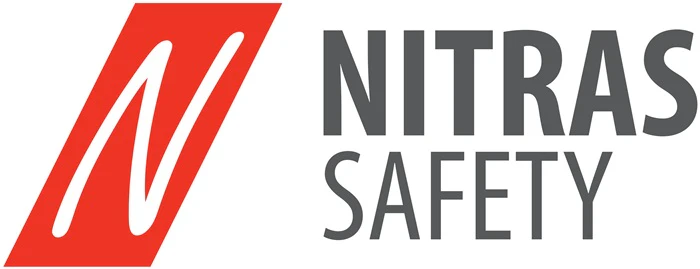





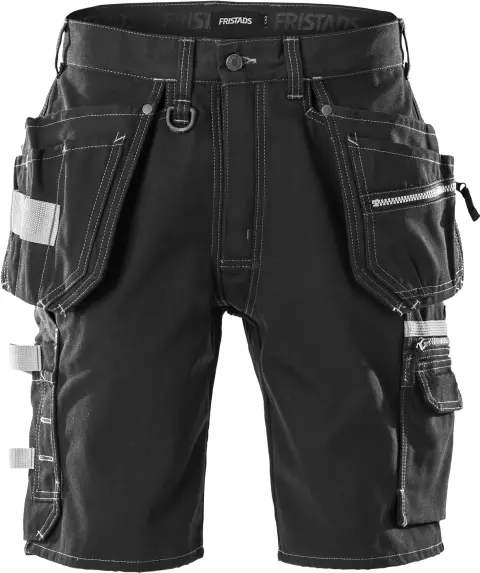
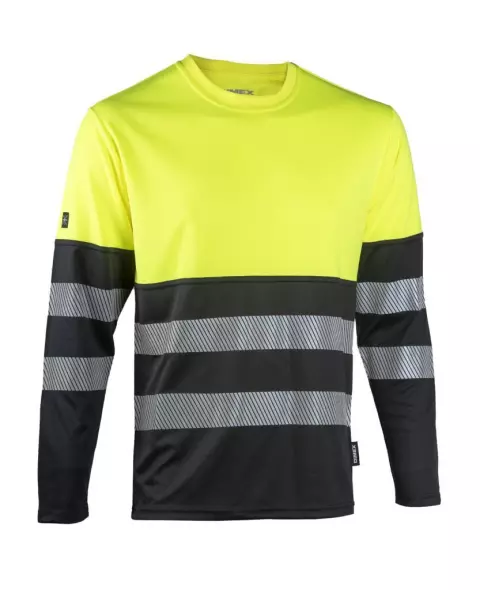
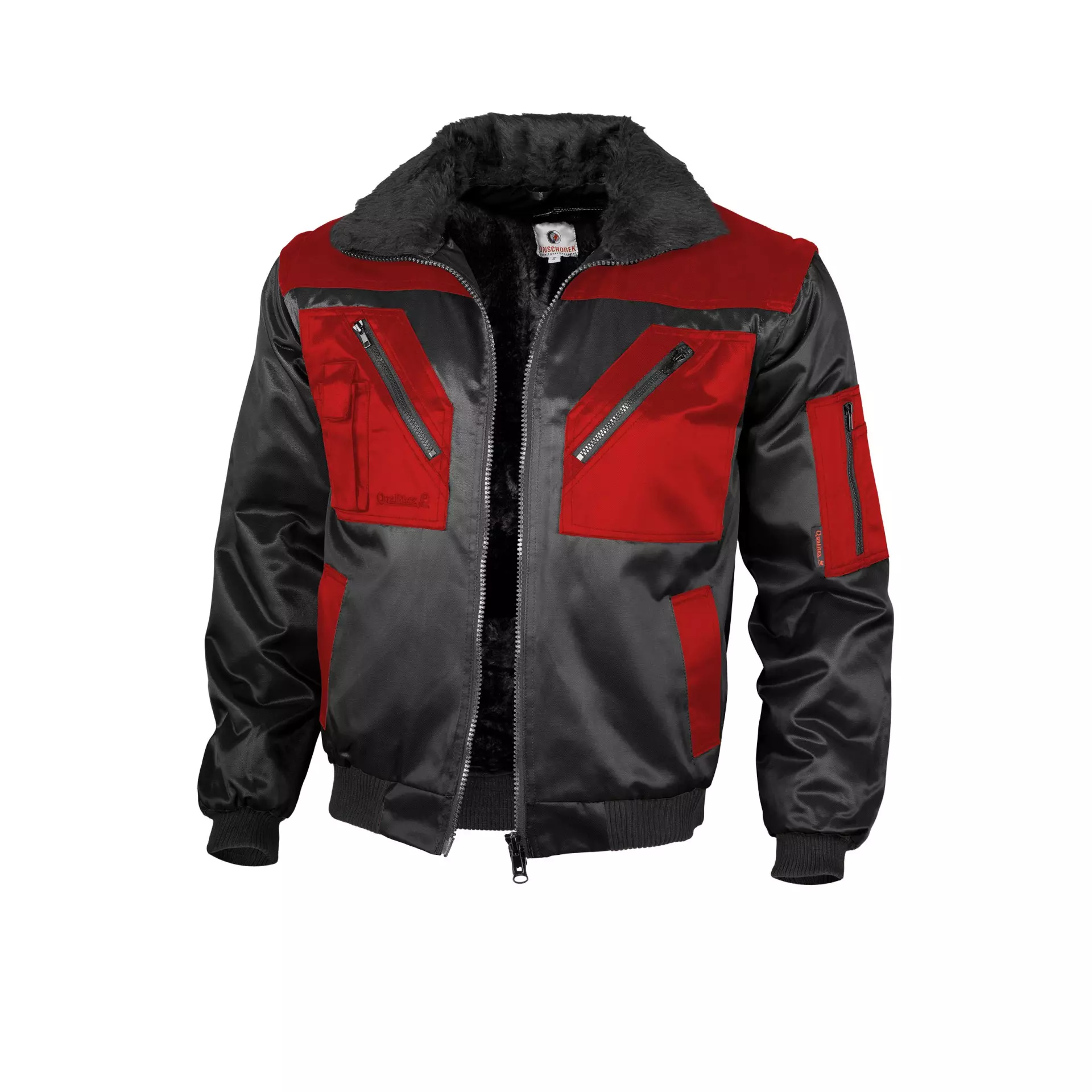
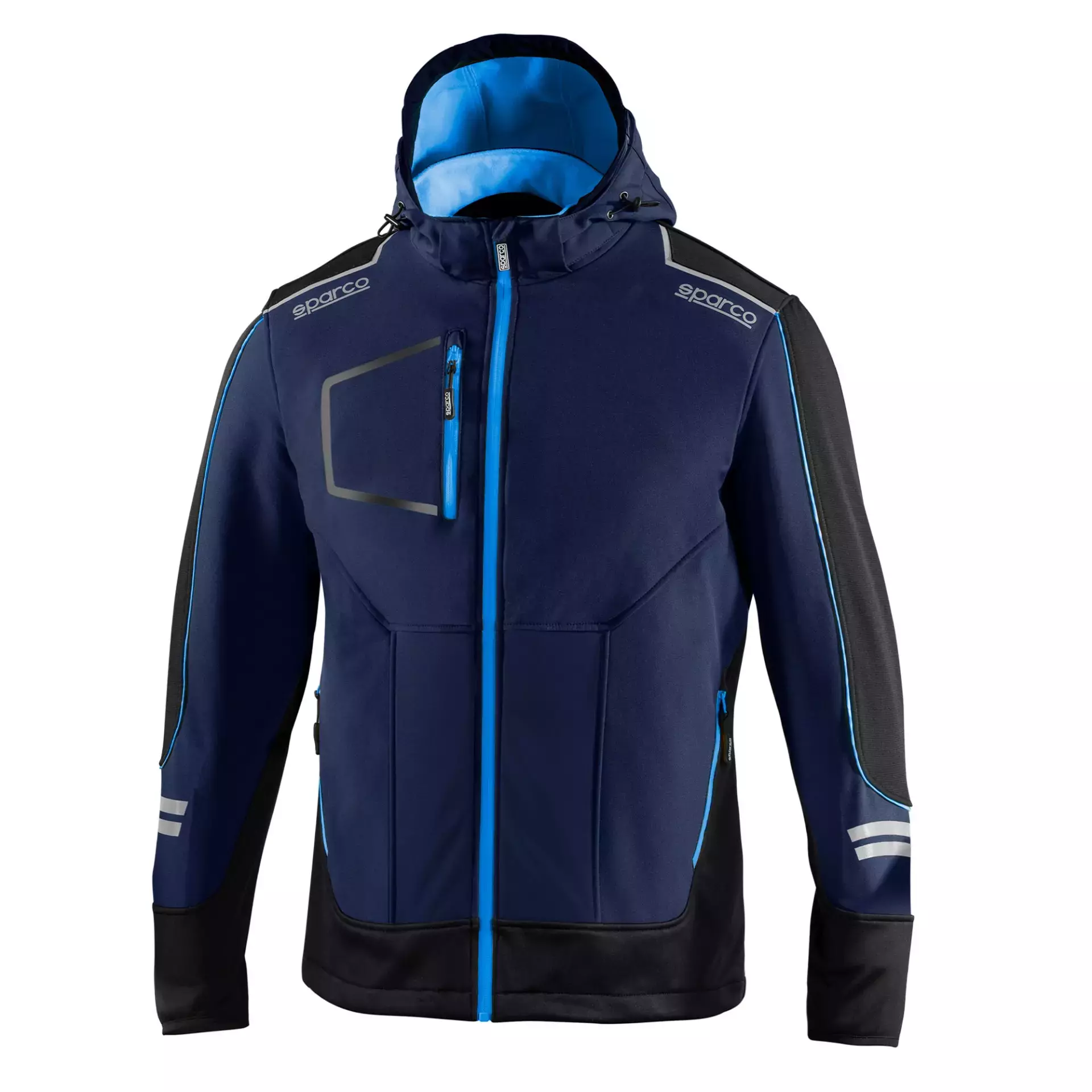





Overwhelmed by PPE options for food safety? Master your PPE selection for food workers safety with these practical tips.

Struggling to maintain clear vision in demanding environments? This guide is here to help. By the end, you’ll know exactly...
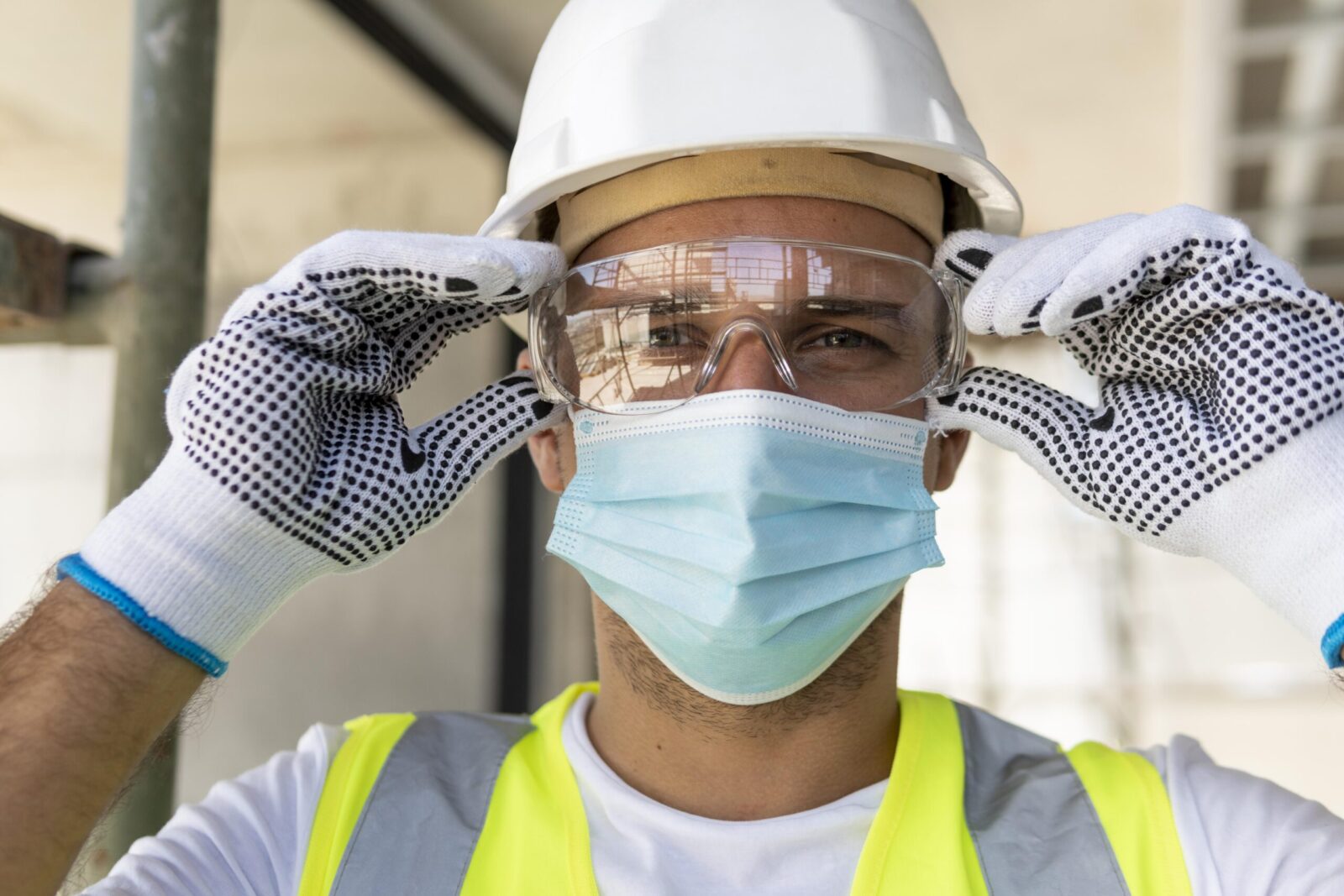
Electricians across Europe face unique challenges that require reliable safety glasses to ensure both protection and efficiency. Whether safeguarding against...

Overwhelmed by PPE options for food safety? Master your PPE selection for food workers safety with these practical tips.

Struggling to maintain clear vision in demanding environments? This guide is here to help. By the end, you’ll know exactly...

Electricians across Europe face unique challenges that require reliable safety glasses to ensure both protection and efficiency. Whether safeguarding against...
Get 20€ off on your first order!
Save 30% by buying directly from brands, and get an extra 10€ off orders over €100
Save 30% by buying directly form brands, and get an extra 10€ off orders over €100